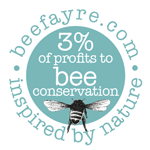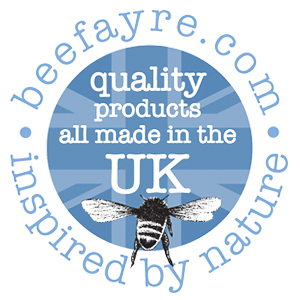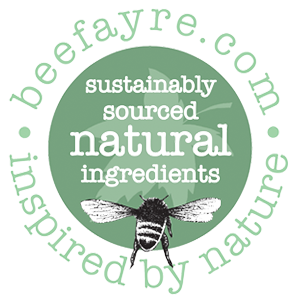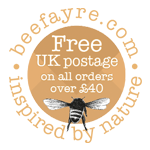
Bee Conservation
'Every third bite of food you take, thank a bee or other pollinator'
E.O. Wilson, Forgotten pollinators 1996
Inspiring young minds - The team at Beefayre are available to do talks, lectures and workshops at schools, community centres and fairs. We also welcome visitors to the beefayre garden which is teaming with wildlife. In spring 2016 we planted a wildflower meadow at Beefayre HQ and encourage local families to come and visit to see the progress and spot all sorts of pollinators. If you are interested in booking us to do a talk or workshop please call the office on 01858 43 44 92.
Get gardening - We can all do our bit to help bees and other pollinators. By planting lots of different flowering plants that are attractive to insects, you can increase and encourage more pollinator species in your garden. Flowers with short corollas, such as borage, are very attractive to shorter tongued pollinators and honeybees in particular, while Lavender, which has longer corollas, is much more popular with a range of longer tongued pollinators, particularly bumblebees. Bees act as a barometerof the health of our planet. Protect them and we protect our future.
Beefayre's Annual Seeds for Bees Giveaway - Each year we give away thousand of packets of seeds for bees to encourage people to plant up much needed habitat for our hard working pollinators. Look out each spring on our website for further details. In 2017 we have sent out over 4000 packets of colourful Tom Thumb snapdragons.
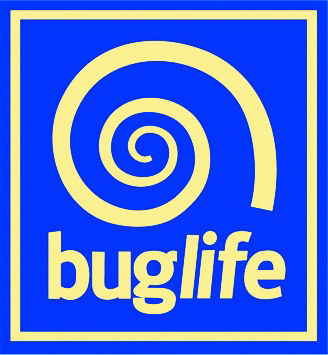 Buglife is the only organisation in Europe devoted to the conservation of all invertebrates, and they are passionately committed to saving Britain's rarest little animals, everything from bees to beetles, and spiders to snails. Today bugs are under threat as never before and their aim is to help to secure a diverse and wildlife-rich planet for future generations. For more information about the amazing work they do visit their website: www.buglife.org.uk/conservation
Buglife is the only organisation in Europe devoted to the conservation of all invertebrates, and they are passionately committed to saving Britain's rarest little animals, everything from bees to beetles, and spiders to snails. Today bugs are under threat as never before and their aim is to help to secure a diverse and wildlife-rich planet for future generations. For more information about the amazing work they do visit their website: www.buglife.org.uk/conservation
Bumblebee Conservation Trust also do vital conservation work in the rare bee areas and the general outreach work to help raise public awareness of the plight of the bumblebee. They aim to add much needed wildflowers back into the British landscape; whether it is in people's gardens or the farming countryside. BBCT were also the inspiration behind our 'Seeds for Bees' cards. For more information visit: www.bumblebeeconservation.org
Here are some links and websites you may find useful:
Buglife: www.buglife.org.uk/conservation
Friends of the Earth: www.foe.co.uk
Bumblebee Conservation Trust: www.bumblebeeconservation.og.uk
Bee Guardian Foundation: www.beeguardianfoundation.org
The Barefoot Beekeeper: www.biobees.com
Pesticide ActionNetwork UK: www.pan-uk.org
Natural Bee Keeping Trust: www.naturalbeekeepingtrust.org
Soil Association: www.soilassociation.org


